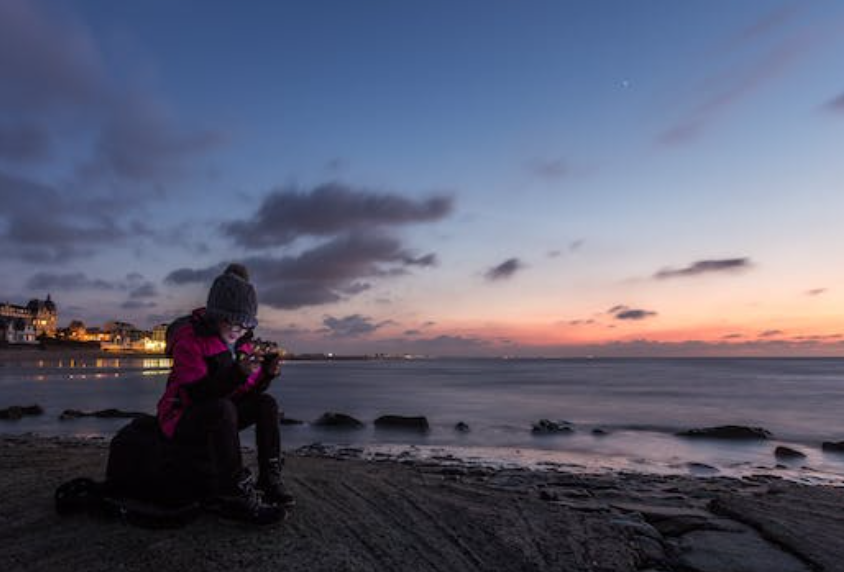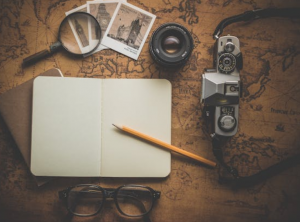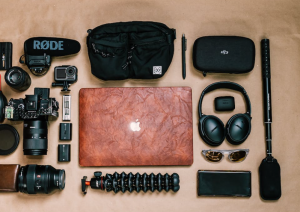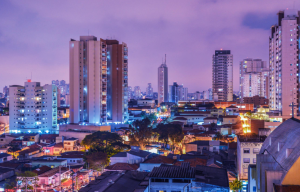Beyond the Selfie: Perfecting Mobile Travel Portraits

Introduction
In today’s world of travel photography, taking selfies has become a ubiquitous way of capturing our adventures. However, there is an art to mobile travel portraits that goes far beyond simple selfies. A well-crafted portrait can tell a story, evoke emotions, and immortalize memories like no other photo can. In this article, we will explore the world of mobile travel portraits and how to go beyond the selfie to create stunning and meaningful portraits that will stand the test of time.

1. The Art of Mobile Travel Portraits
Travel portraits are not just about capturing a person’s face; they are about telling a visual story. By carefully composing the scene and capturing the essence of the subject, travel portraits can evoke a sense of place and emotion that transports viewers to that moment in time.
2. Mastering Composition and Framing
Composition is the backbone of a captivating portrait. By considering elements such as the rule of thirds, leading lines, and symmetry, you can create visually striking and balanced portraits. Additionally, framing your subject with elements from the environment can add depth and context to the photo.

3. Utilizing Natural Light and Shadows
Natural light is a powerful tool in portrait photography. Learn to use different lighting conditions to your advantage, whether it’s the soft glow of sunrise, the warm hues of golden hour, or the dramatic shadows of midday. Harnessing light can create captivating and emotive portraits.

4. Posing and Directing Subjects
Photographing people can be challenging, but effective posing and direction can make all the difference. Engage with your subjects, make them feel comfortable, and guide them through natural and relaxed poses to capture their authentic selves.
5. Tapping into Emotions and Expressions
The most memorable portraits are those that capture genuine emotions and expressions. Encourage your subjects to be themselves and be ready to capture those fleeting moments of joy, wonder, and contemplation.

6. Backgrounds and Environmental Portraits
A well-chosen background can elevate your travel portraits to a whole new level. Seek out interesting locations or elements that add context and tell a more profound story about the subject and the environment they inhabit.
7. Editing Mobile Travel Portraits
Mobile editing apps offer a plethora of tools to enhance and refine your portraits. From adjusting exposure and color balance to applying subtle filters, mobile editing can take your portraits from good to extraordinary.
8. The Role of Portrait Mode
Many mobile phones now feature portrait mode, which uses depth-of-field effects to create a professional-looking background blur. Explore the capabilities of this mode to produce stunning portraits that stand out.

9. Embracing Candid Moments
Candid moments offer a glimpse into the raw and unscripted emotions of your subjects. Embrace these candid moments and capture the magic of authentic interactions.
10. Adding a Personal Touch
Don’t be afraid to infuse your portraits with your own style and personality. Let your unique perspective shine through and make your travel portraits distinctively yours.
Conclusion
Moving beyond the selfie allows you to delve into the world of mobile travel portraits, where storytelling and emotions intersect. By mastering composition, lighting, and directing your subjects, you can create captivating portraits that transcend simple snapshots. Embrace the artistry of mobile travel portraits, and you’ll unlock the power to tell unforgettable stories through your lens.
FAQs
- Do I need a professional camera to capture great travel portraits?
- While professional cameras offer certain advantages, mobile phones can capture stunning travel portraits with the right techniques.
- What are some editing apps for enhancing travel portraits?
- Popular mobile editing apps for portraits include Adobe Lightroom, Snapseed, and VSCO.
- How can I make my subjects feel comfortable during portrait sessions?
- Building a rapport with your subjects, being personable, and providing clear direction can make subjects feel at ease.
- Should I always seek permission before taking someone’s portrait?
- Yes, always seek permission before photographing someone, especially in culturally sensitive or private settings.
- What should I focus on when selecting a background for a portrait?
- Look for backgrounds that complement the subject and add context to the portrait without distracting from the main focus.






